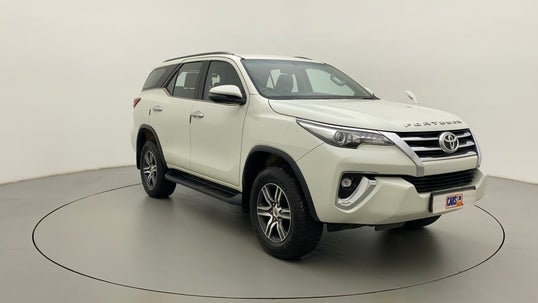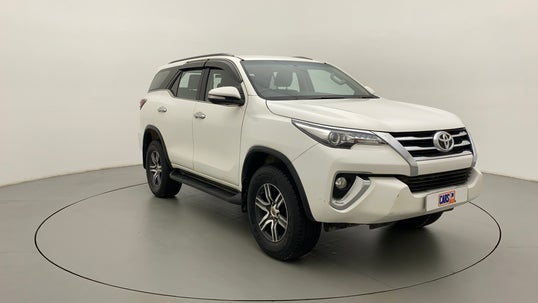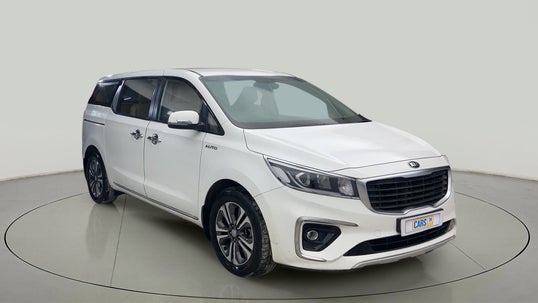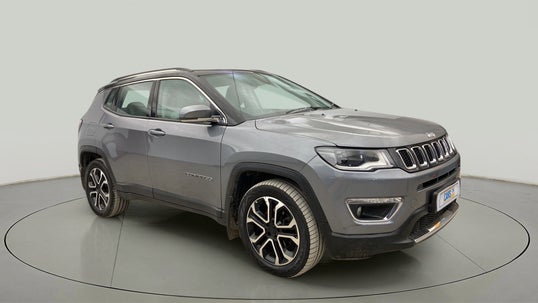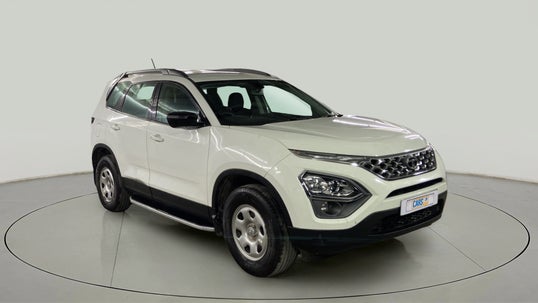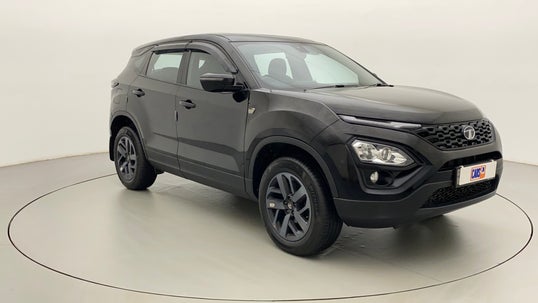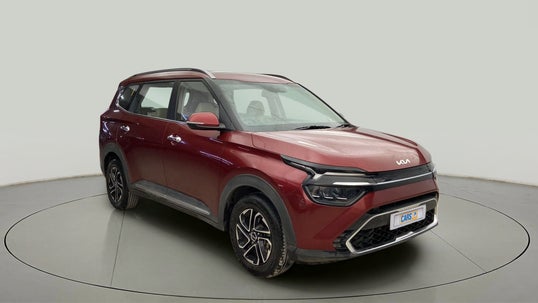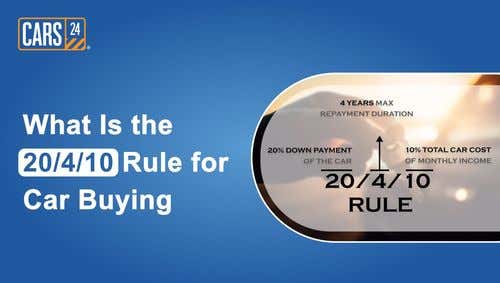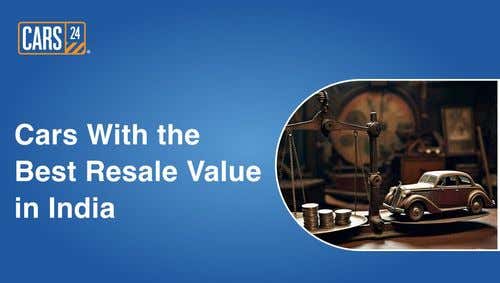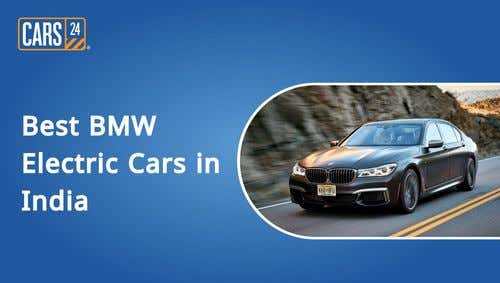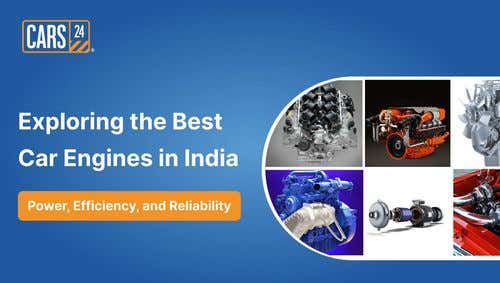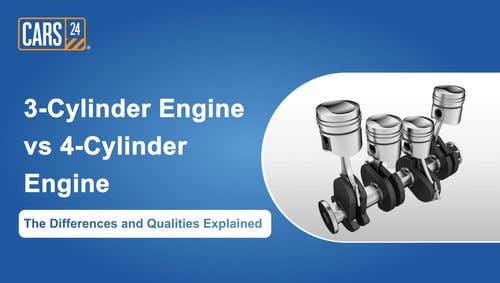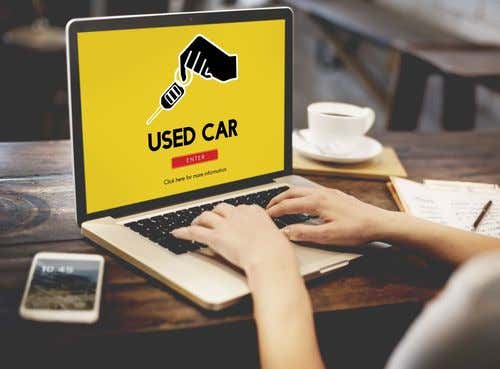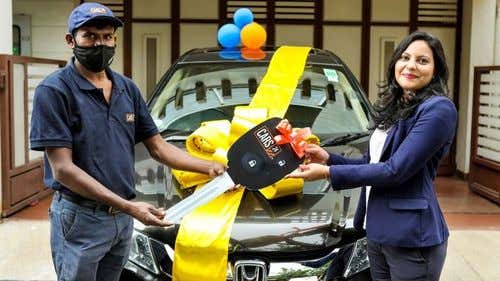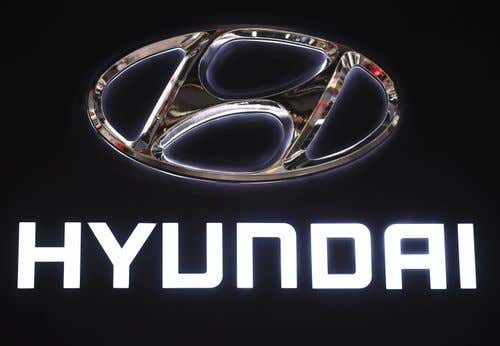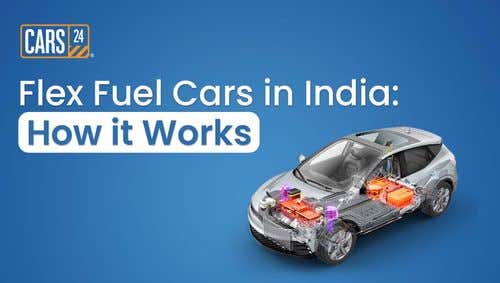Types of Car Batteries

Updated on: 21st April, 2024 IST
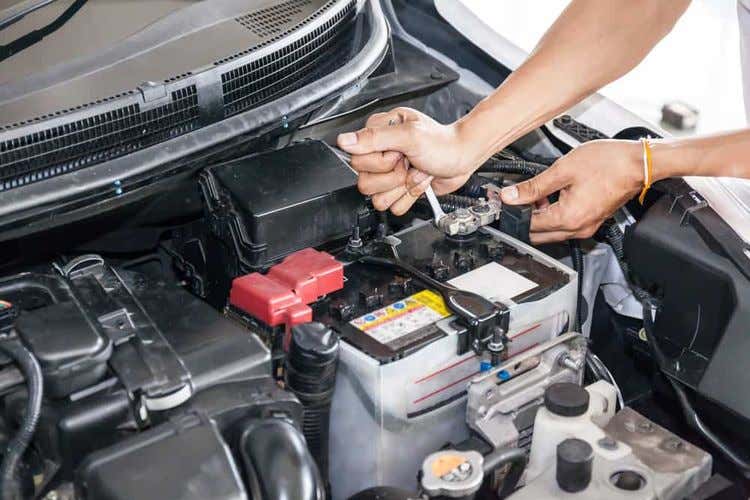
A car's battery is rather small in size but plays a huge role in running the vehicle smoothly. It's even responsible for properly working all the features our modern cars have. These include everything from power steering and power brakes to radio and electrical sunroof. Of course, the battery is also responsible for the functioning of the starter motor, which, in turn, is responsible to start the car. Over the years, a battery's life is reduced to a point where it becomes of no use. In case you plan to replace it, here are the most common car battery types and along with a comparison of them.
Also Read- Smoke from vehicles: What’s it telling you?
Table of Contents
Car Battery Types
Lead Acid Battery
- These are the car batteries that require the lowest maintenance. In fact, due to this property, they're even marketed as zero-maintenance batteries.
- These batteries work in short bursts to send power to the starting motor.
- If required, Lead Acid Battery can offer a high electric charge at a very high rate.
- Lead Acid Battery is sealed and requires no topping up.
- The spill-proof sealed construction of these batteries offers trouble-free and safe operation.
- These batteries last for anywhere between 3 to 5 years depending on the usage of the vehicle.
- As these batteries have a spill-proof construction that doesn't warrant any maintenance from the user, they are highly safe. That said, lead acid batteries can lead to a serious injury if they are not handled correctly. This happens due to the fact that they are capable of churning out a high electric charge at a very high rate.
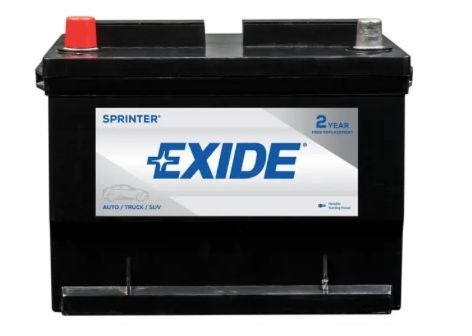 Exide Lead Acid Battery
Exide Lead Acid Battery
Also Read- Diamond Cut Alloy Wheels: Everything You Need To Know
There are two types of lead acid batteries used in car battery types:
- SLI Car Battery
SLI (Starting, Lighting, Ignition) battery is a type of lead acid battery that can start your car with short busts of energy and even power the ignition and lights. However, once the car starts running, the power that is required for the smooth operation of the vehicle is provided by the alternator. Today, most cars come with this type of battery.
- Deep Cycle Battery
This type is even called Marine Battery. This type of lead acid battery is sealed and not only lasts longer but even offers energy over a longer period. This car battery type is designed in a way that it's discharged repeatedly without getting deteriorated. It can offer a steady amount of current over a longer period of time.
VRLA batteries
- Short for Valve Regulated Lead Acid, VRLA is one of the two lead-acid car battery types.
- It is a good choice for use in vehicles with small engine bays and with no provision of ventilation.
- As they're sealed, they can be conveniently stored. VRLA lead acid car battery doesn't leak or release any sort of gas. Hence, it's considered the safest well cell lead acid car battery.
- The drawback of this battery type is that it's not serviceable as it's fully sealed.
- The optimum temperature for these batteries is 25 degree Celsius. Increased temperature reduces the performance drastically. Hence, it might not meet the higher electric power demands.
- Modern VRLA batteries are designed in a way that they last anywhere between 5 to 10 years depending on the usage.
- Compared to flooded batteries, VRLA batteries are more vulnerable to thermal runaway during abusive charging.
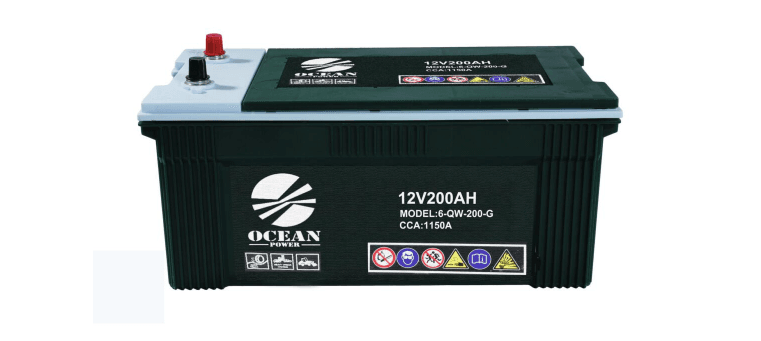 VRLA Gel Cell Battery
VRLA Gel Cell Battery
Also Read: Cruise Control: All you need to know for a relaxed cruise
There are two different types of VRLA batteries used in car battery types-
- Gel Cell Battery
Rather than possessing a liquid electrolyte, this type of car battery has a gel electrolyte. This makes these battery highly resistant to high temperatures, spillage, electrolyte evaporation and even physical shock. Hence, these batteries are quite robust. While they function like wet cell car battery, they're dry and fully sealed. They also have a much large lifecycle and are totally maintenance free.
- Absorbed Glass Mat Battery
Absorbed Glass Mat (AGM) car batteries have the electrolyte contained in glass mats, which are very thin fibres. This is in stark contrast to the electrolyte freely flooding the plates. These batteries operate like wet cell car battery types. They're spill-proof.
3. Lithium Ion Battery
- Lithium Ion Batteries today power most electric vehicles and PHEVs.
- They offer great high-temperature performance, thereby resisting a drop in performance even in hot conditions.
- They also have a low-self discharge.
- These batteries are recyclable, which makes them a good option for the environment.
- Lithium Ion batteries need routine maintenance and care in their usage and handling.
- Lithium Ion Batteries have the highest energy densities of all car battery types. These batteries can up to 3.6 Volts, which means these batteries can offer large amounts of current for high-power demands.
- Lithium Ion batteries are not non-spill able. Hence, they need to be handled carefully.
- These batteries can last two to three years or 300 to 500 charge
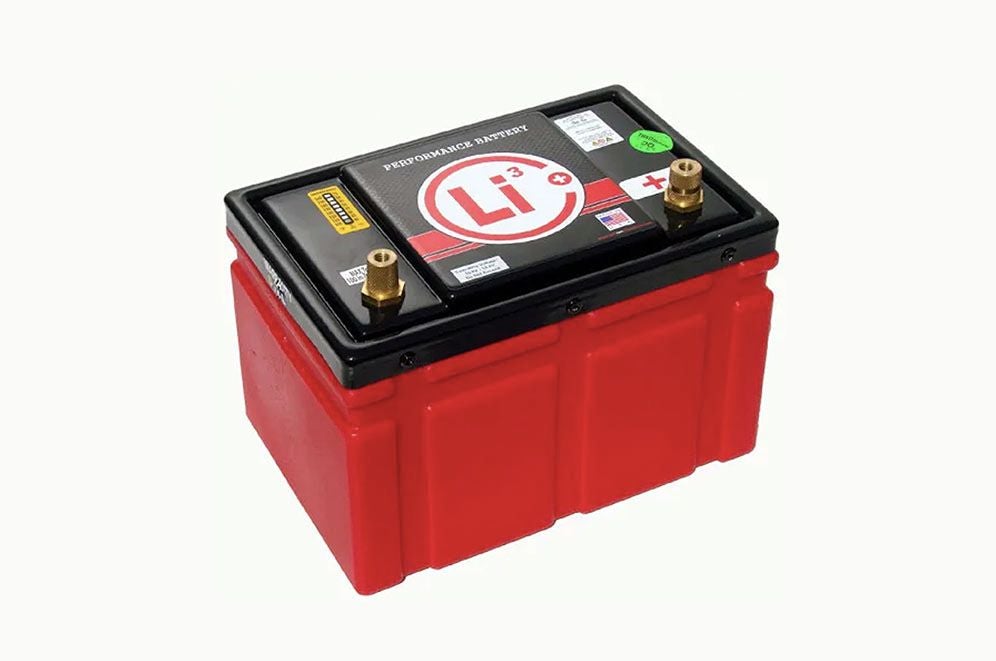 Lithium Ion Battery
Lithium Ion Battery
Also Read: Airbags Cars in India
Sodium Ion Battery
- Sodium Ion batteries are a new type of car batteries that have seen massive development in recent times.
- Unlike lithium, which is an expensive as well as a rate metal, sodium is freely available.
- Factors like groundwater loss and safety concerns are working in favour of the development of Sodium Ion batteries.
- Sodium Ion batteries don't require regular maintenance by the user.
- Sodium Ion batteries are not non-spillable. Hence, they need to be handled carefully.
- Even though this technology is still being developed, Sodium Ion batteries can last even up to 10 years!
- As these batteries are being developed to replace Lithium Ion batteries, they have a high energy density and can meet the high power demands.
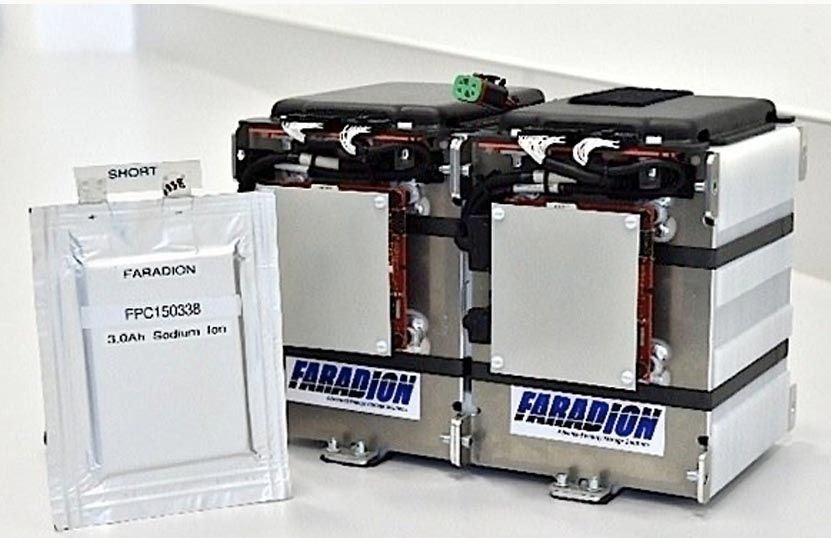 Sodium Ion Battery for Cars
Sodium Ion Battery for Cars
Solid State Battery
- A solid-state battery is one of the more common car battery types.
- They are currently being developed to power electric cars.
- Like Lithium and Sodium Ion batteries, Solid State Batteries have a high energy density and can meet the high power demands.
- Solid State batteries don't require regular maintenance by the user.
- There is no spillage in solid state batteries.
- A Solid State battery can last for over 10 years or over 10,000 cycles.
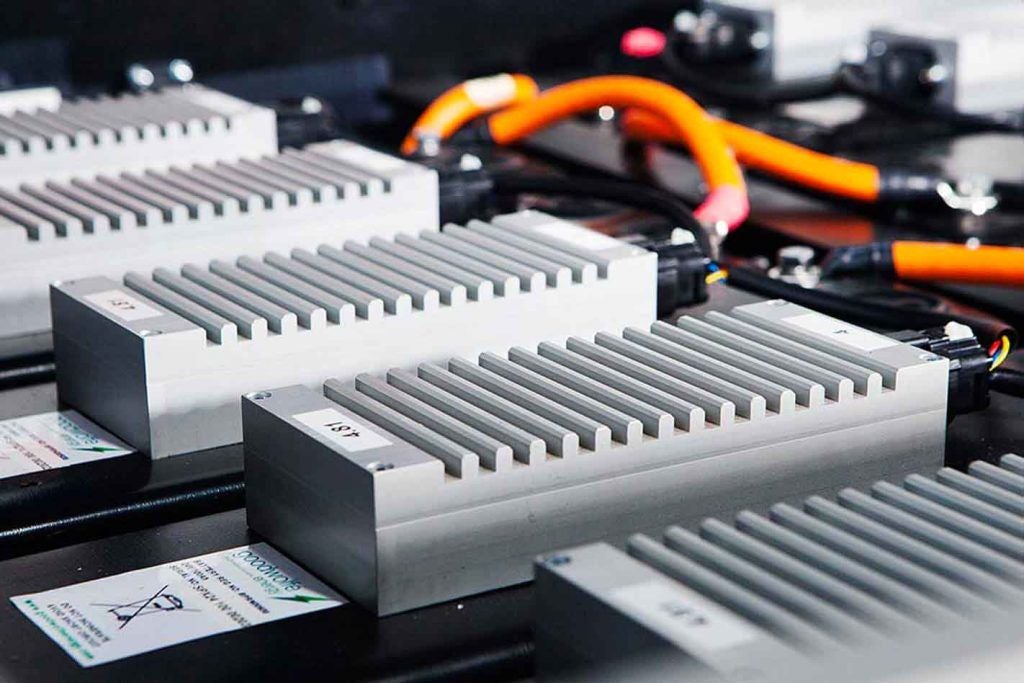 Solid State Battery for Cars
Solid State Battery for Cars
How to choose the right battery?
Before you set out to buy a new battery for your vehicle, there are a few important things you should consider.
Before you buy a battery
- Check the voltage- A fully charged battery has a voltage of around 12.6 Volts. Basically, it is the amount of energy possessed by the unit.
- Current - This is the rate at which the charge flows. It's measured in amps.
- The most common type of car battery in India is a Lead Acid Battery. It comprises many plates placed in an electrolyte solution. This solution is made of 65% water and 35% sulphuric acid.
- The current is produced by the chemical reaction between the plates and the electrolyte solution.
- CCA (Cold Cranking Amount) needs to be considered before buying a battery. It's the measure of the amps that the battery can churn out for 30 seconds at -17 degrees Celsius.
- Most batteries have a CCA of 350, 450 or 600. The higher the rating, the easier it is for vehicles to start in cold weather conditions.
- CA (Cranking Amps) is the number of amps a battery produces between 0 to 30 degrees celsius.
What you should do to extract most from your vehicle’s battery.
- Ensure you check the voltage through a multimeter at the time of purchase of the battery.
- Refer to your car user manual to know of the right battery size that you require to purchase. Exceeding the capacity can damage the electrical.
- Using a used car battery can be risky for you as well as the vehicle
- Check the battery connections regularly
- In case the car is having trouble starting, check the battery connections. Clean them using a dry cloth if they are oxidised.
Summary
It's important to understand the car battery types and the car battery specifications. The is because a battery plays a vital role in the functioning of the vehicle. It stores a lot of electricity and if mishandled, can cause damage to the electrical. In case of damage to the starter motor, the engine will be rendered useless. It's also quite expensive to replace.
Also, knowing the right car battery specifications becomes important to purchase the correct replacement when the time arises. Again, a battery that supplies a higher or lower current can cause serious damage to the electrical system. Also, the CCA and CA of car batteries should be considered if you use your vehicle in places with extreme weather conditions. Using an incorrect battery in such conditions can not only affect you with below-par performance but incur additional expenses due to a drop in the life of the battery.
FAQs
How do I decide on the replacement battery?
Refer to your car's user manual to get to know of the car battery specifications and the car battery types you can use. This will help you decide on the replacement battery for your car.
Which are the popular brands for car batteries in India?
The most popular car battery brands in India are Exide and Amazon. Other fairly reputable brands include Luminous, Su-Kam, HBI, Hi-Power, Lento and Okaya.
Which battery is used in EV's and does it make cost sense to buy an EV considering its battery replacement costs?
Electric vehicles feature Lithium-Ion Batteries. Even though the battery packs are required to be replaced in a few years, the running costs and maintenance of EVs is much lower than an ICE-powered car. Also, most EV manufacturers offer a warranty on the battery and the motor. Through this, the car owner can benefit from free replacement in case of premature requirement to replace the batteries.
Recently Added Cars to Buy
Other Blogs
- Recent
- Featured
Popular Cities to Sell Car

